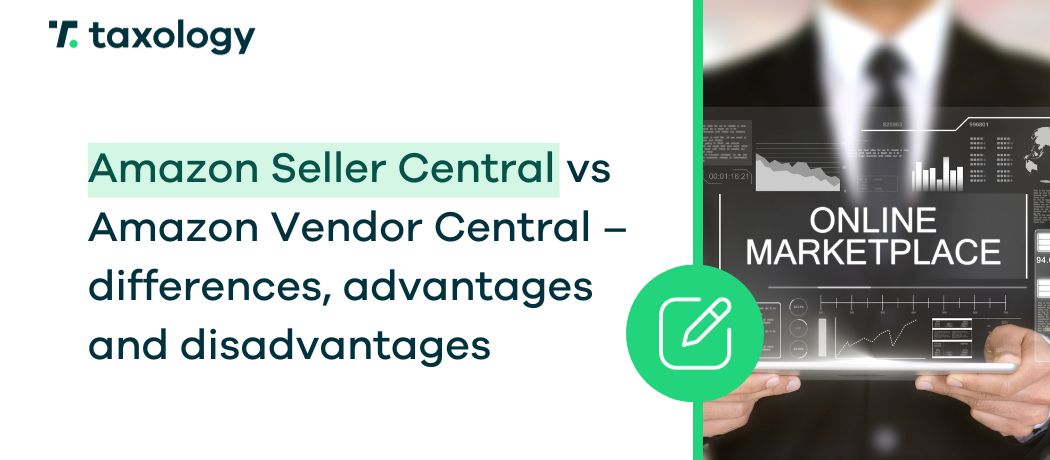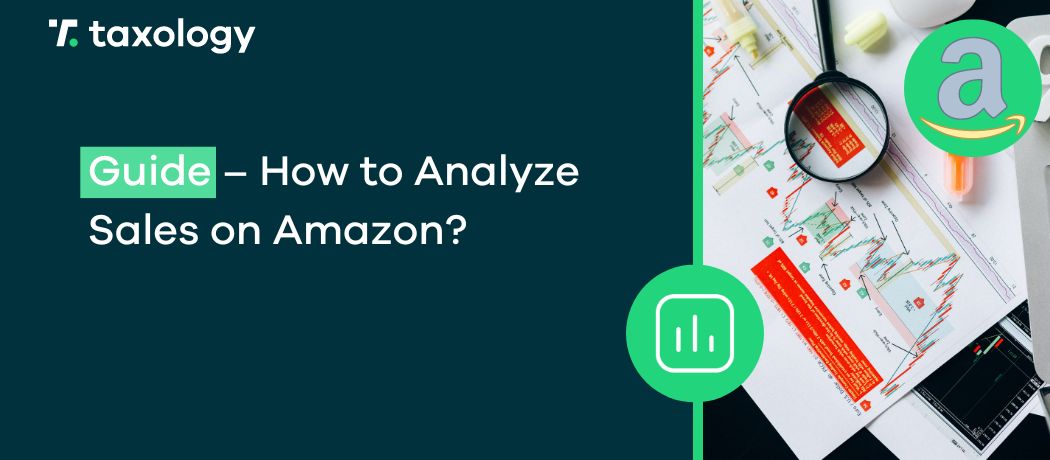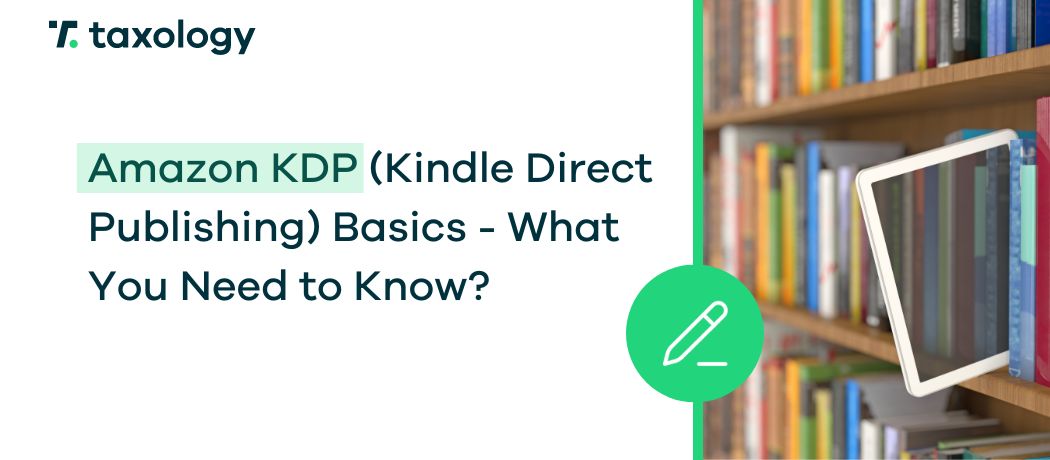Intellectual property protection is a very important topic in the e-commerce and cross-border e-commerce industry. Many sellers have encountered offers containing counterfeit versions of their original, manufactured products. Moreover, this […]
Read in: 6 minAmazon Seller Central vs Amazon Vendor Central – differences, advantages and disadvantages
- Last update: 23.02.2024
- Published: 13.03.2023
- Read in: 6 min
Amazon, being the leading e-commerce platform, accommodates millions of users globally, comprising both buyers and sellers. To cope with the growing requirements of the vendor community, Amazon presents them with two distinct options for selling products: Amazon Seller Central and Amazon Vendor Central. These two options boast unique features and offer a range of benefits, which will be thoroughly examined in the following article.
This article will provide you with insights into the following aspects:
- What is the Amazon Seller Central,
- What are the benefits of utilising the Amazon Seller Central,
- What is the Amazon Vendor Central,
- What are the benefits of utilising the Amazon Vendor Central.
What is the Amazon Seller Central
Amazon Seller Central functions as a sales model that empowers sellers to create their own product listings, manage their inventory, and efficiently process orders. In this setup, sellers are recognised as third-party sellers and retain full control over the pricing of their products, with retail customers being the ultimate recipients.
Notably, Amazon Seller Central is designed to be a user-friendly, self-service platform. Upon registration, sellers can promptly initiate their selling activities, streamlining the process and facilitating a seamless selling experience.
It’s important to note that the term “Amazon Seller Central” encompasses two models: Amazon FBA (Fulfilment by Amazon) and Amazon FBM (Fulfilment by Merchant). When selling through Amazon Seller Central, sellers must choose one of these models for their operations.
The key differences between these models lie in how logistics and warehousing are managed. With Amazon FBA, sellers entrust all logistics and warehousing tasks to Amazon, incurring additional charges for storing goods and handling shipping. In contrast, Amazon FBM requires sellers to take charge of order processing, returns, and warehousing on their own.
Amazon Seller Central - benefits
Using Amazon Seller Central comes with several advantages. One major benefit is the direct interaction it enables between sellers and customers, allowing sellers to receive valuable feedback. This feedback can be utilised to enhance and tailor products to better suit their target audience. Additionally, Amazon Seller Central provides the opportunity to establish a customised website, which helps in brand-building and attracting customers.

Additionally, Amazon Seller Central provides an array of valuable tools for sellers, including advertising, analytics, and reporting functionalities. These tools play a crucial role in efficiently managing their businesses. With the advertising tools, sellers can expand their customer reach, while the analytics and reporting tools offer easy tracking and analysis of results.
If you are an Amazon seller and require assistance in managing VAT settlement, feel free to book a free consultation. We not only provide guidance to accurately handle your sales VAT but also offer automated solutions to streamline the entire process on your behalf!
Amazon Seller Central - drawbacks
Although Amazon Seller Central offers numerous advantages, it still has some limitations when compared to the Amazon Vendor Central model.
The Vendor Central model provides a significantly wider range of marketing tools and superior listing capabilities for products.
Moreover, unlike in the Vendor Central model where we do not resell goods to Amazon, in Seller Central, sellers are responsible for logistics and warehousing expenses. Even if we opt for Amazon FBA, it is essential to note that this service is not provided free of charge.
What is the Amazon Vendor Central?
Now, let’s take a closer look at Amazon Vendor Central, and it’s evident that it operates quite differently compared to Amazon Seller Central.
The most significant distinction is its exclusive nature – Amazon Vendor Central is accessible only through invitation and caters specifically to manufacturers and distributors. In this model, sellers on the platform are referred to as first-party sellers.
Moreover, the transaction process is notably different here. Instead of sellers listing and selling products directly to customers, suppliers sell their products directly to Amazon, and it is Amazon that undertakes the responsibility of reselling them to customers.
Amazon Vendor Central - benefits
One of the major advantages of using Amazon Vendor Central is the opportunity for suppliers to sell their products in bulk to Amazon. This can significantly boost sales performance and facilitate reaching a broader customer base.

Another benefit is that suppliers don’t need to concern themselves with inventory management, as Amazon takes care of this aspect for them.
Additionally, Amazon provides access to Amazon Marketing Services on this platform, which serves as an extensive marketing tool to enhance suppliers’ visibility and reach.
However, it’s important to acknowledge that addressing the issue of correct VAT settlement is an inevitable part of selling on Amazon. If you require assistance with VAT registration, settlements, or returns, schedule a free consultation.
Amazon Vendor Central - drawbacks
Selling in bulk to Amazon within the Amazon Vendor Central model presents definite advantages, but it can also have its drawbacks. Relying on how much Amazon orders can lead to lower earnings during periods of low demand.
Moreover, in the Vendor model, Amazon determines the retail prices at which our products are sold, potentially negatively impacting sales on other platforms where the same products might be available at a cheaper rate.
Additionally, while Amazon handles shipping to the customer, manufacturers are responsible for delivering the goods to Amazon, which can be problematic as the entire process must adhere to Amazon’s guidelines.
Another drawback is the longer payout time in Amazon Vendor Central, which spans 90 days, contrasting with the faster 14-day payout period in Amazon Seller Central.
Hybrid model
Selling on both Amazon Seller Central and Amazon Vendor Central concurrently is a viable option.
By doing so, we are not solely reliant on Amazon’s order volume, as we can also sell retail at a higher margin. However, it’s essential to consider the supplementary expenses incurred through utilising FBA or handling these processes in-house.
Amazon Seller Central vs Amazon Vendor Central - Summary
Amazon Seller Central and Amazon Vendor Central present fascinating opportunities for entrepreneurs, providing them with the chance to access a diverse customer base, including Amazon itself.
Furthermore, selling on Amazon often entails selling to customers in other countries, which involves dealing with VAT settlements and requires registration for local VAT or the VAT OSS procedure. These processes can be complex, time-consuming, and incurring additional costs. However, if you wish to ensure that VAT-related issues are smoothly handled and even automated, you can schedule a free consultation. Our team of VAT Compliance experts will work diligently to tie up any loose ends and ensure a seamless VAT process for your business.
If you want to learn more, see some of our articles:




